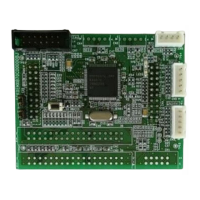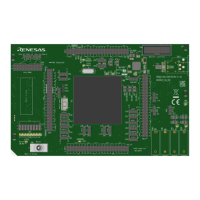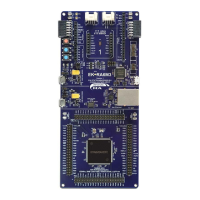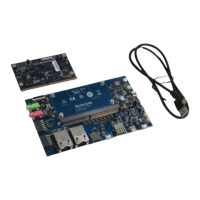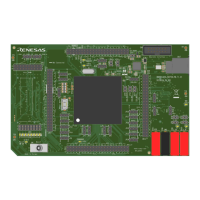RL78/G13 CHAPTER 6 TIMER ARRAY UNIT
R01UH0146EJ0100 Rev.1.00 335
Sep 22, 2011
(1) Peripheral enable register 0 (PER0)
This registers is used to enable or disable supplying the clock to the peripheral hardware. Clock supply to a
hardware macro that is not used is stopped in order to reduce the power consumption and noise.
When the timer array unit 0 is used, be sure to set bit 0 (TAU0EN) of this register to 1.
When the timer array unit 1 is used, be sure to set bit 1 (TAU1EN) of this register to 1.
The PER0 register can be set by a 1-bit or 8-bit memory manipulation instruction.
Reset signal generation clears this register to 00H.
Figure 6-6. Format of Peripheral Enable Register 0 (PER0)
Address: F00F0H After reset: 00H R/W
Symbol <7> <6> <5> <4> <3> <2> <1> <0>
PER0 RTCEN
IICA1EN
Note 1
ADCEN
IICA0EN
Note 2
SAU1EN
Note 3
SAU0EN
TAU1EN
Note 1
TAU0EN
TAU1EN Control of timer array unit 1 input clock
0
Stops supply of input clock.
• SFR used by the timer array unit 1 cannot be written.
• The timer array unit 1 is in the reset status.
1
Supplies input clock.
• SFR used by the timer array unit 1 can be read/written.
TAU0EN Control of timer array 0 unit input clock
0
Stops supply of input clock.
• SFR used by the timer array unit 0 cannot be written.
• The timer array unit 0 is in the reset status.
1
Supplies input clock.
• SFR used by the timer array unit 0 can be read/written.
Notes 1. 80, 100, and 128-pin products only.
2. This is not provided in the 20-pin products.
3. This is not provided in the 20, 24, and 25-pin products.
Cautions 1. When setting the timer array unit, be sure to set the TAUmEN bit to 1 first. If TAUmEN = 0,
writing to a control register of timer array unit is ignored, and all read values are default
values (except for the timer input select register 0 (TIS0), input switch control register
(ISC), noise filter enable register 1, 2 (NFEN1, NFEN2), port mode registers 0, 1, 3, 4, 6, 10,
14 (PM0, PM1, PM3, PM4, PM6, PM10, PM14), and port registers 0, 1, 3, 4, 6, 10, 14 (P0, P1,
P3, P4, P6, P10, P14)).
2. Be sure to clear the following bits to 0.
20-pin products: bits 1, 3, 4, 6
24, 25-pin products: bits 1, 3, 6
30, 32, 36, 40, 44, 48, 52, 64-pin products: bits 1, 6
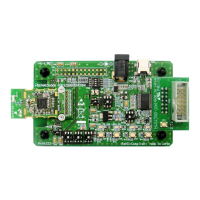
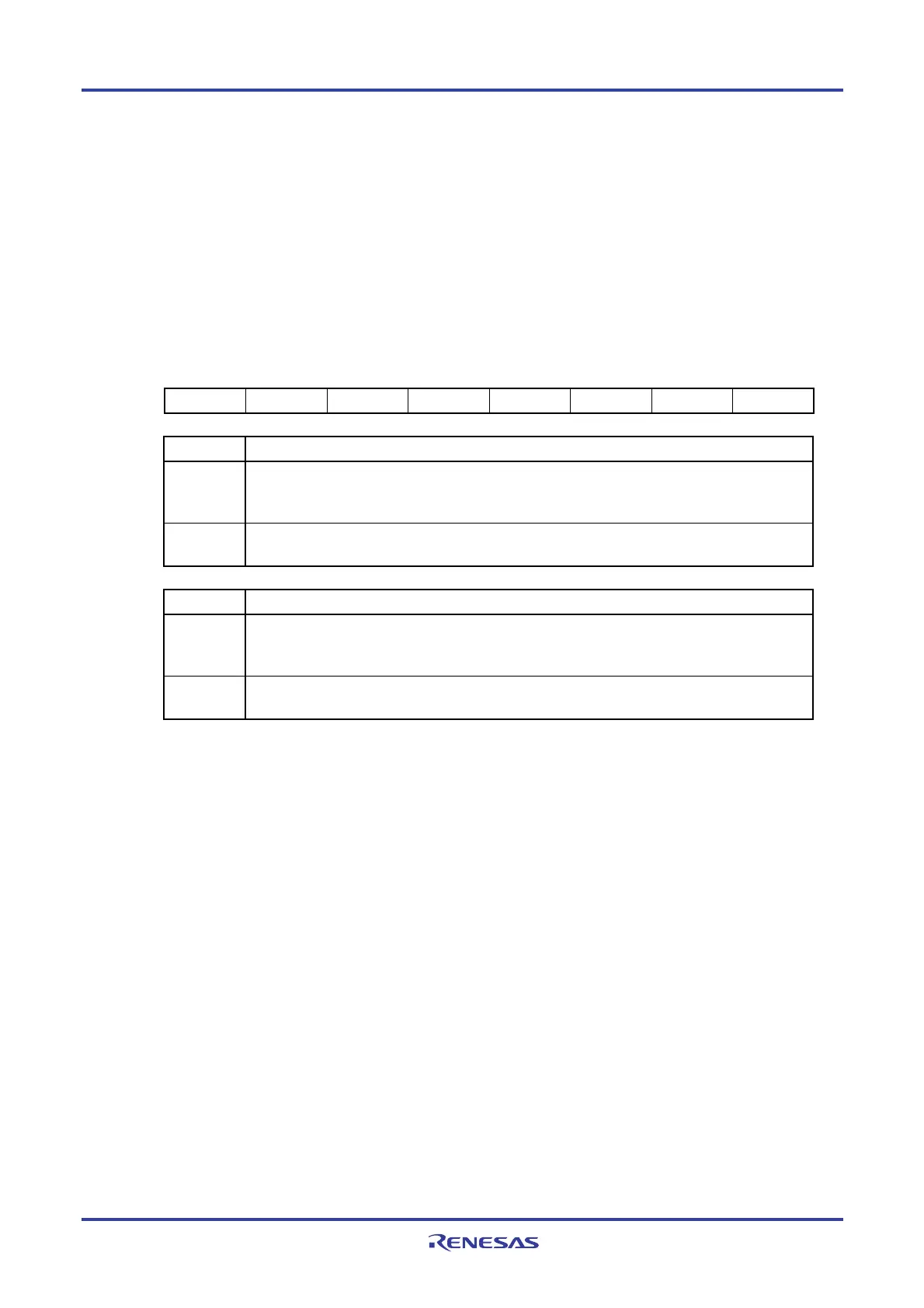